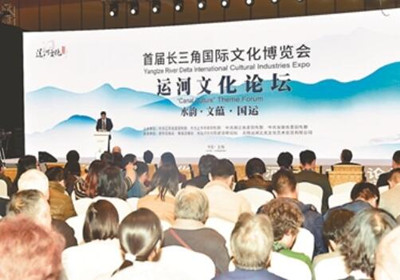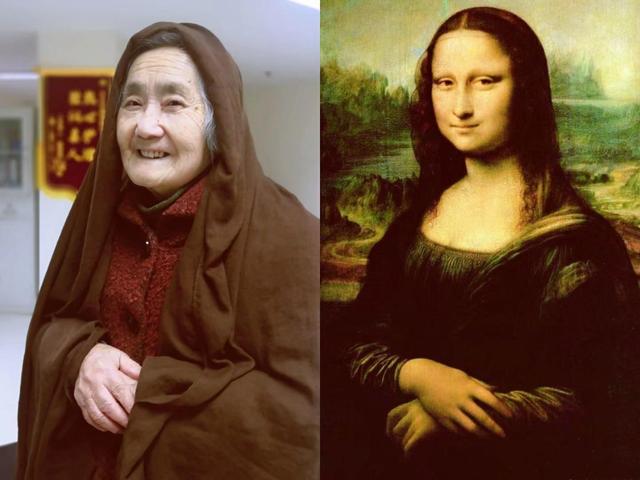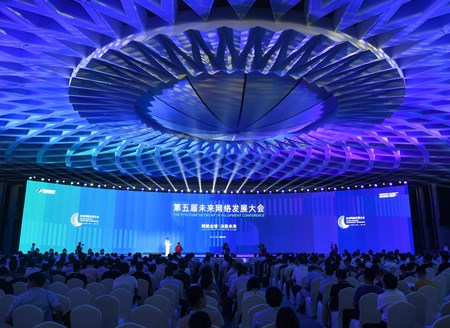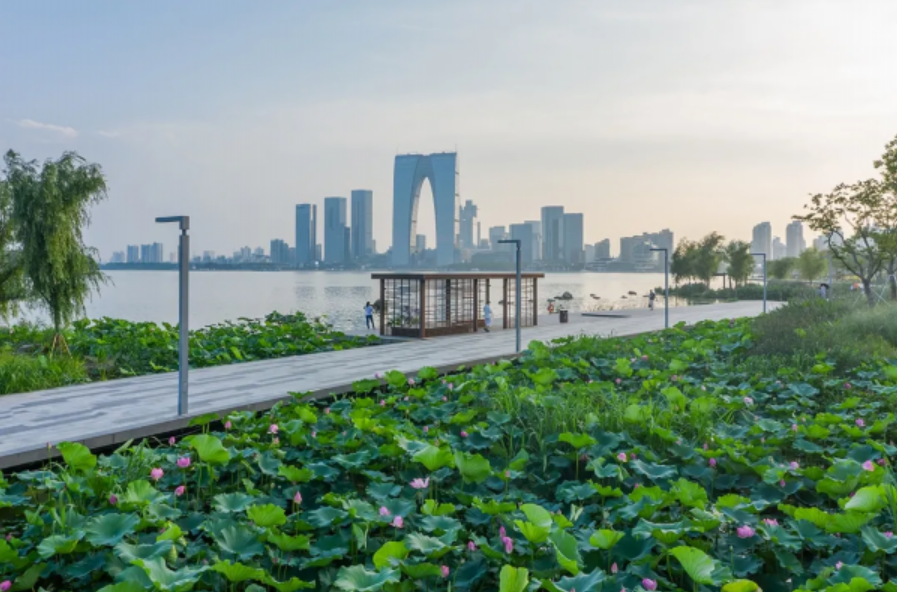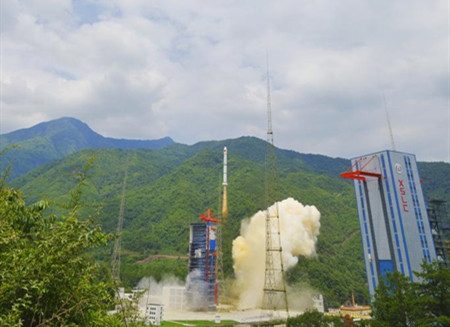
A forum themed on Grand Canal Culture, as part of the first Yangtze River Delta International Cultural Industry Expo, was held in Shanghai on November 29.
Co-sponsored by the publicity departments of the CPC provincial committees of Jiangsu, Shanghai, Zhejiang and Anhui, the forum was organized by Xinhua Daily, Jiefang Daily and the Grand Canal Culture Belt Development Research Institute.
The Grand Canal is a vast waterway system linking Beijing in the north and Hangzhou in Zhejiang Province in the south. The 2,500-year-old inland navigation network spans 3,200 kilometers long and it is the longest and oldest artificial waterway system in the world. It was inscribed as a UNESCO World Heritage Site in 2014.
In Yuan Dynasty (1271-1368), Italian merchant and explorer Marco Polo travelled along the canal from Beijing to Hangzhou, from where he went southeast to Quanzhou in Fujian Province before taking the Maritime Silk Road route back to Europe. He was the first foreigner to introduce the massive waterway network to the West. The famous Roman Catholic missionary Matteo Ricci marked the canal on a world map for the first time, bringing the notion of Grand Canal as a cultural conduit to Europe and eastern Asia.
Today, part of the canal, about 1,000 kilometers long, is still in use as an important means of communication, with the annual cargo of 500 million tons transported through the waterway system, only next to China’s longest Yangtze River.
As the start of the Grand Canal, Jiangsu has earmarked 20 billion yuan to set up the Grand Canal Cultural Tourism Development Fund in the first stage and develop the platform of World Historic and Cultural Canal Cities Cooperation Organization (WCCO). A number of core projects including Grand Canal Museum, Digital Platform for Grand Canal and China Water Transport City are well underway. Efforts are also being made to develop a world-leading cross-basin ecological corridor centered on cities along the canal, such as Yangzhou, Taizhou, Huai’an, Suqian and Xuzhou.

